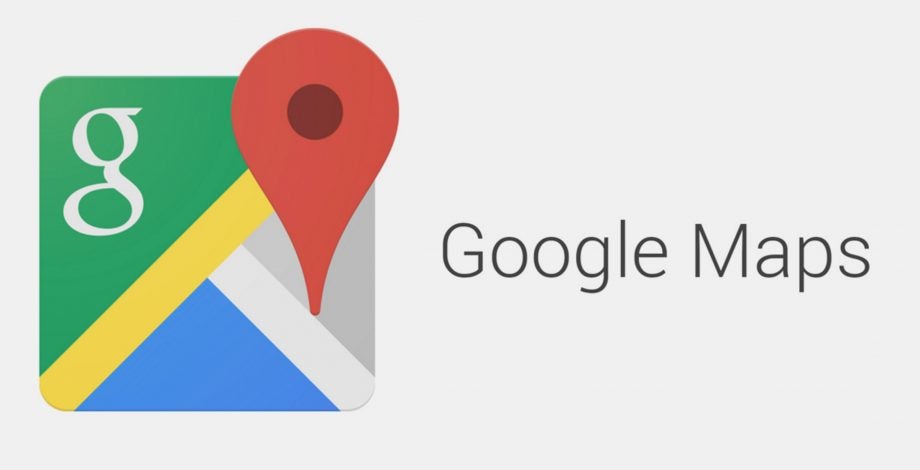Google Maps updated to cope with pandemic travel

Google Maps has been impressively reactive responding to the needs of its users over the course of the Coronavirus pandemic. Back in June, the app was updated to offer information on nearby testing centres and local mandates for masks, and then in September it went a step further, providing information on regional case data to help people plan their trips.
Now the app has been updated to offer better insights on when is best to travel, by expanding information on how crowded public transport is likely to be at any given time to 10,000 agencies in 100 countries.
“With this information you can decide whether you want to hop on board or wait for another train,” wrote Eric Tholomé, director of product at Google Maps, in a blog post. “Because pandemic or not, no one likes standing in a jam-packed subway car.”
The predictions are made via artificial intelligence, historical trends and people self-reporting busyness via the app itself, and Google says that privacy is all important with “world-class anonymisation technology” at play.
The quality of data varies by region, but in New York and Sydney, the data is impressively granular, with Google piloting a scheme where you can actually see which carriage is the least crowded, giving you plenty of space to practice social distancing. Google says more cities are coming soon.
While all of this is nice for peace of mind, many of the insights could be gleaned via good old fashioned common sense: rush hour is busier, while early afternoon is quiet.
This is backed up by Google’s examples in the blog post: “Nationally, you’re most likely to get a seat at 9 a.m, whereas cars may be standing room only between 7-8 a.m. In the evening, leaving earlier than rush hour will up your chances of grabbing a seat, with lines being far less crowded at 3 p.m. than they are between 4-5 p.m.” Nothing hugely unexpected there.
All the same, with almost all legal Covid restrictions now lifted in the UK, this is another weapon in the arsenal of those that need to travel, but remain anxious to do so, and that’s something to be welcomed.



